1:here is a SQL query , which i find in the book
select distinct T.branch_name
from branch as T, branch as S
where T.assets > S.assets and
S.branch_city = 'Brooklyn'
what i am confused is T and S both indicate table branch right? why they use T.assets>S.assets, is it the same as branch.asset > branch.asset what's the difference.
2: the meaning of the following query is to "Find all customers who have an account at all branches located in Brooklyn"

But I did not get it somehow, also struggle with the as key word